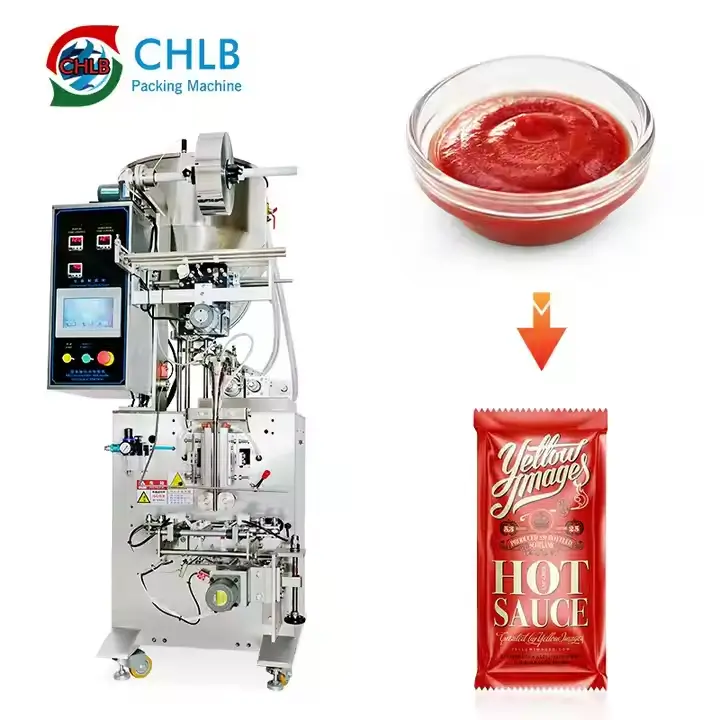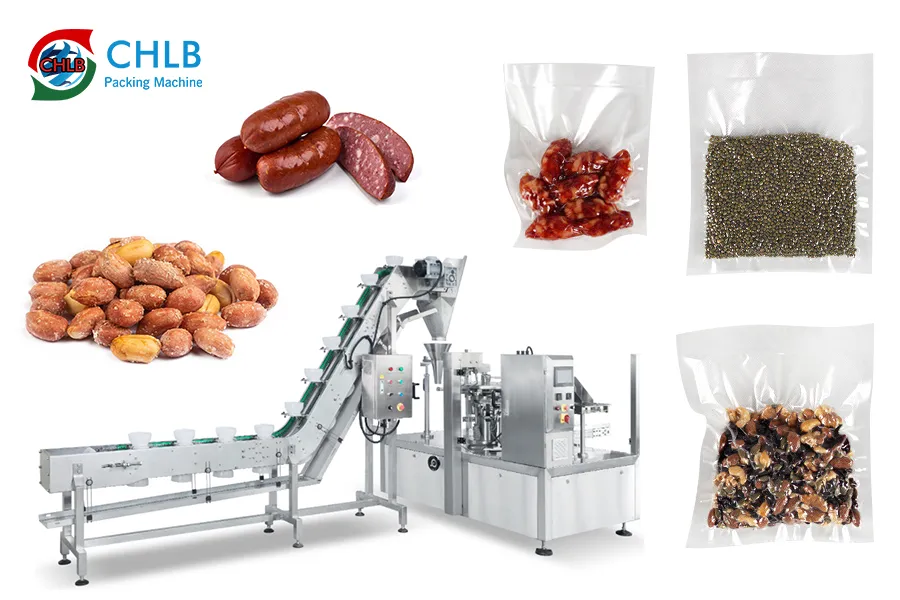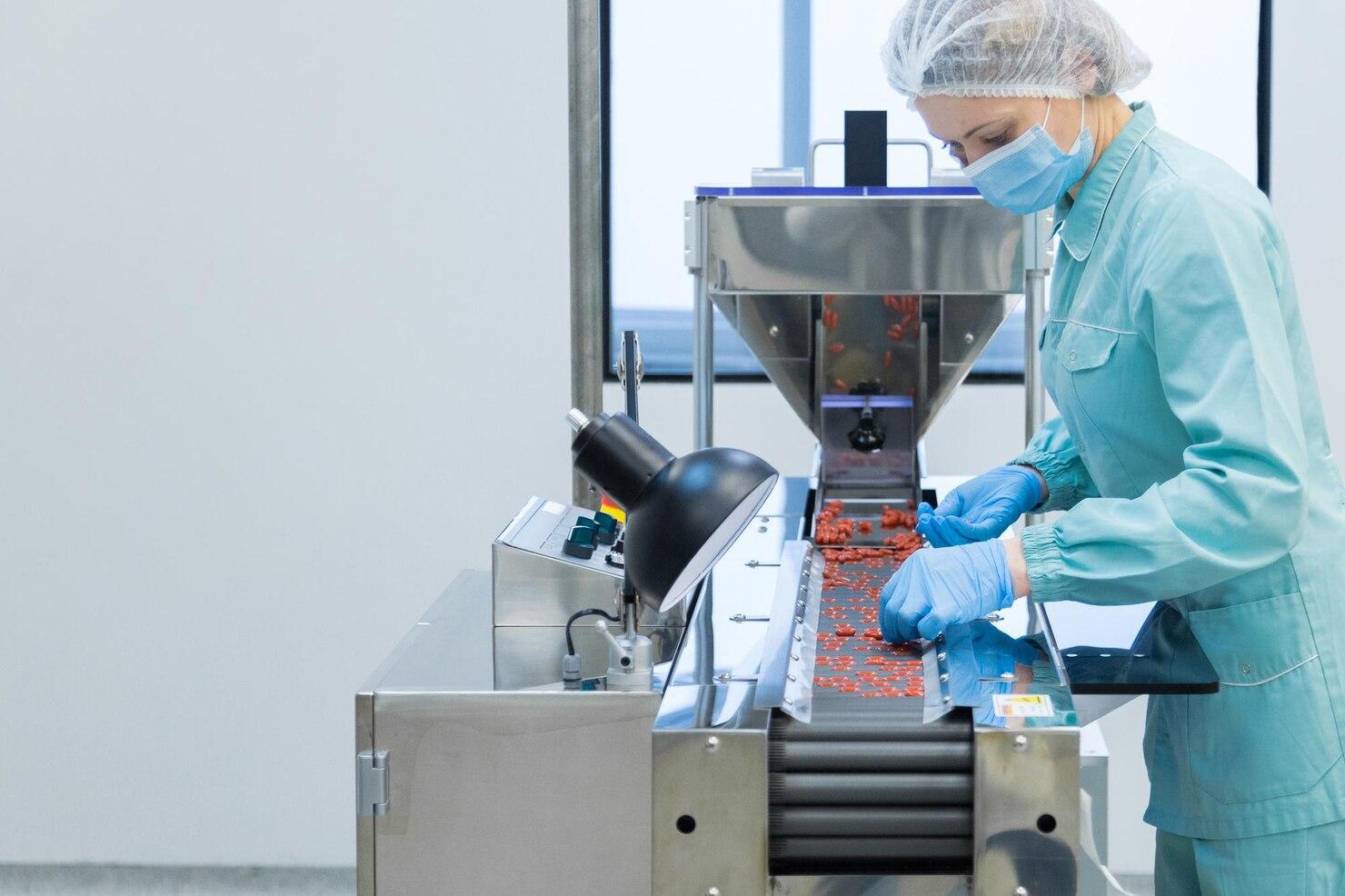Créer une entreprise d'emballage alimentaire peut être une aventure passionnante. Non seulement vous entrez dans un marché toujours en demande, mais vous entrez également dans un espace où l'innovation peut avoir un impact significatif. Que vous envisagiez des emballages alimentaires pour petites entreprises ou que vous envisagiez une entreprise à plus grande échelle, ce guide vous aidera à naviguer dans le processus. Prêt à apprendre à démarrer une entreprise d'emballage alimentaire? Plongeons dedans!
Étape 1: Réaliser une étude de marché
L’étude de marché est la base de toute entreprise prospère. Il s’agit de comprendre votre marché, concurrents, et les opportunités qui existent. Cette étape vous aide à adapter vos stratégies pour répondre efficacement aux demandes du marché..
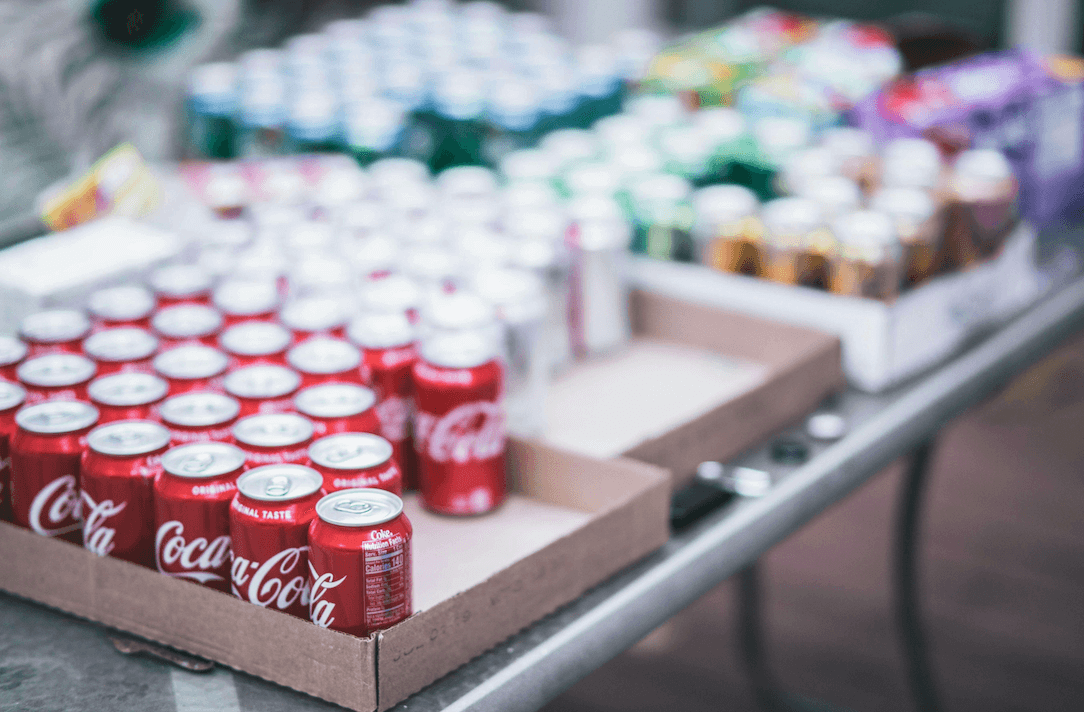
Identifier le marché cible
D'abord, vous devez savoir à qui vous vendez. Qui sont vos clients? Quel est leur âge, les revenus, et modes de vie? Comprendre ces données démographiques vous aide à adapter vos produits. Sont-ils éco-conscients? Donnent-ils la priorité à la commodité des emballages d'aliments surgelés pour les petites entreprises, ou recherchent-ils des options durables? Préfèrent-ils les designs élégants et modernes ou quelque chose de plus traditionnel? Connaître ces préférences peut guider vos stratégies de développement de produits et de marketing.
Analyser les concurrents
Suivant, jetez un oeil à la concurrence. Identifiez les acteurs majeurs de votre marché. Que font-ils bien? Où échouent-ils? L'analyse de leurs forces et faiblesses peut révéler des lacunes du marché que vous pouvez exploiter.. Ces informations peuvent vous aider à développer des arguments de vente uniques et à différencier votre marque..
Identifier les tendances et les opportunités
Gardez une longueur d'avance en identifiant les tendances émergentes. Les progrès technologiques et la durabilité sont des sujets brûlants. Gardez un œil sur les nouvelles technologies d’emballage qui peuvent rendre vos processus plus efficaces. Avec une demande croissante des consommateurs pour des produits respectueux de l’environnement, les solutions d’emballage durables constituent une opportunité significative. Réfléchissez à la manière dont les tendances telles que les matériaux biodégradables et les emballages réutilisables peuvent s'intégrer à votre modèle commercial..
Étape 2: Élaborer un plan d'affaires
Un plan d’affaires bien pensé est votre feuille de route vers le succès. Il décrit votre stratégie et fournit un cadre pour atteindre vos objectifs commerciaux..

Définir les objectifs commerciaux
Fixez des objectifs clairs pour guider votre entreprise. Les objectifs à court terme peuvent inclure le lancement de votre première gamme de produits ou la sécurisation de vos dix premiers clients.. Votre vision à long terme pourrait être de devenir un leader du marché des emballages écologiques. Ces objectifs vous garderont concentré et motivé.
Créer un plan financier
Les finances sont la pierre angulaire de votre entreprise. Déterminez vos besoins d’investissement initiaux et explorez les options de financement comme l’épargne personnelle, prêts bancaires, ou du capital-risque. Projetez ensuite vos revenus et analysez vos coûts. Cela vous aidera à définir des objectifs financiers et des stratégies de tarification réalistes.. Une planification financière détaillée peut prévenir de futurs problèmes de trésorerie et assurer la durabilité.
Choisir le bon modèle économique
Comment allez-vous fonctionner et gagner de l'argent? Décidez si vous vendrez directement aux entreprises (B2B) ou des consommateurs (B2C). Aussi, réfléchissez si vous fonctionnerez en ligne, hors ligne, ou les deux. Chaque modèle a ses propres avantages et défis. Le B2B pourrait proposer des commandes plus importantes et des clients stables, tandis que le B2C pourrait offrir des marges plus élevées et une clientèle plus large.
Étape 3: Financement sécurisé
Avec votre business plan en main, il est temps d'obtenir un financement pour donner vie à votre vision.
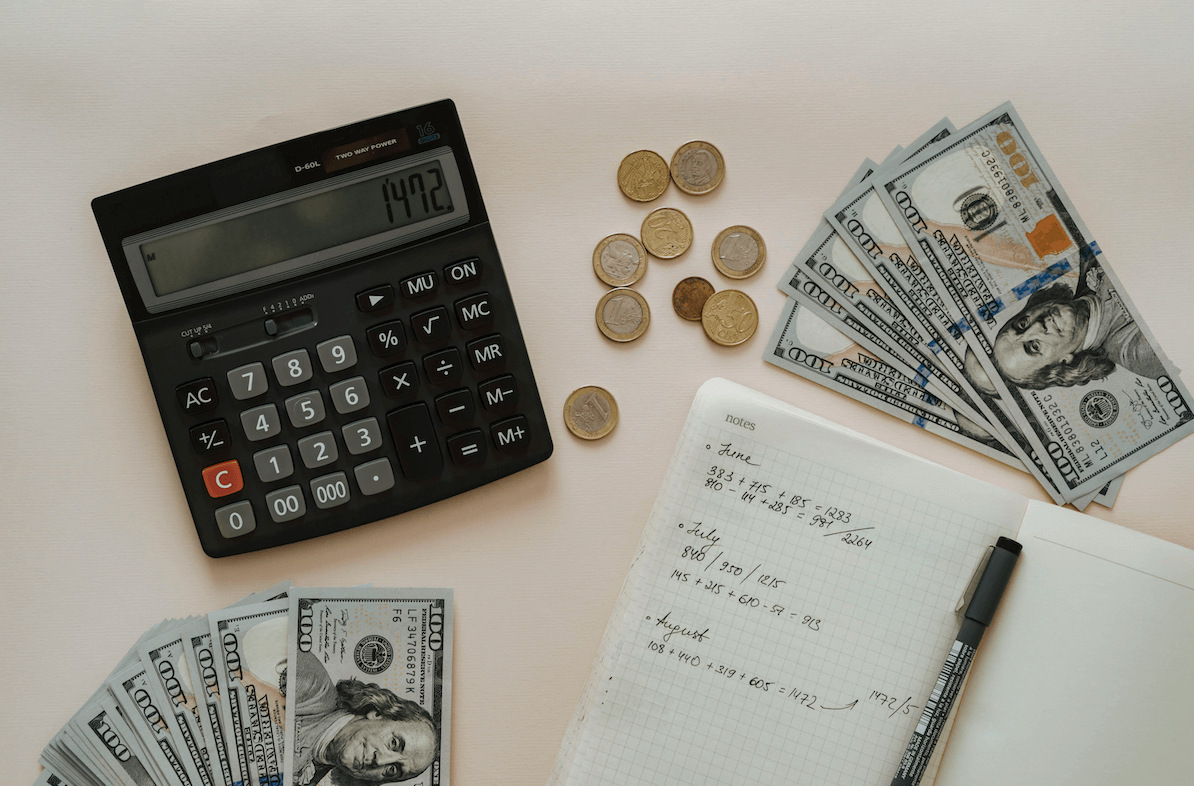
Identifier les sources de financement
Explorez diverses sources de financement. Votre épargne personnelle peut vous aider à démarrer, mais vous pourriez avoir besoin d’un financement plus important provenant de prêts bancaires ou de capital-risque si vous visez une croissance rapide.. Chaque source de financement a ses propres termes et conditions, alors choisissez judicieusement en fonction des besoins de votre entreprise.
Préparer une proposition commerciale convaincante
Une proposition commerciale convaincante peut attirer les investisseurs. Résumez votre idée d’entreprise et votre potentiel. Fournissez des prévisions financières détaillées et des analyses de marché pour montrer aux investisseurs que votre entreprise est un investissement rentable.. Mettre en valeur votre proposition de valeur unique et votre potentiel de croissance peut permettre à votre proposition de se démarquer.
Gérer efficacement les finances
Une gestion financière efficace est cruciale. Créez un budget détaillé et planifiez soigneusement vos finances. Surveillez votre flux de trésorerie pour vous assurer que vous pouvez respecter vos obligations financières. Des examens et ajustements financiers réguliers vous aideront à maintenir votre entreprise sur la bonne voie..
Étape 4: Configurez votre installation de production
Maintenant, Passons aux rouages de votre opération. La mise en place d’une installation de production efficace et conforme est la clé de votre réussite.
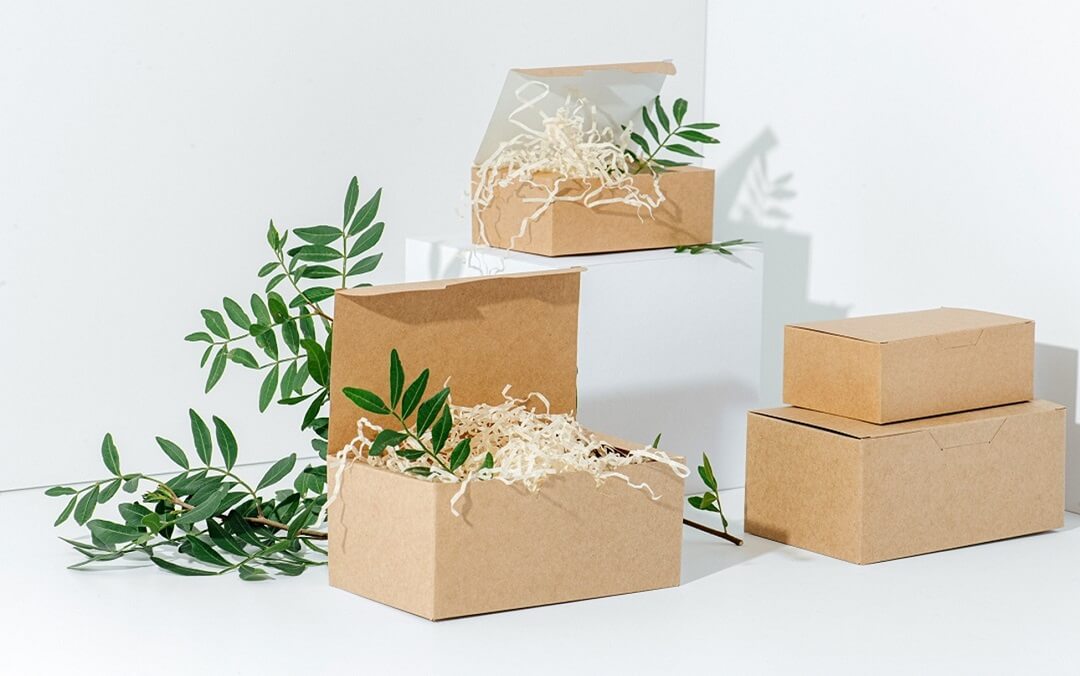
Choisir le bon emplacement
L'emplacement est important pour la logistique et la rentabilité. Choisissez un emplacement proche de vos fournisseurs et accessible à votre marché cible pour réduire les coûts de transport et améliorer l'efficacité.. Un emplacement stratégique peut également faciliter une distribution plus fluide.
Achat d'équipements et de matériaux
Investissez dans les bons outils et ressources. Sélectionner machines d'emballage alimentaire qui répond à vos besoins de production. Équilibrez qualité et coût pour garantir que vous obtenez le meilleur rapport qualité-prix pour votre investissement. Fabricant de machines d'emballage fiable peut améliorer la productivité et la qualité des produits.
Recrutement et formation du personnel
Votre équipe est cruciale à votre réussite. Embaucher du personnel qualifié et offrir une formation continue pour le tenir au courant des dernières pratiques et technologies de l'industrie. Une équipe bien formée peut garantir des opérations fluides et une production de haute qualité.
Étape 5: Développez votre marque et votre stratégie marketing
Une marque forte et un marketing efficace sont essentiels pour attirer et fidéliser les clients..
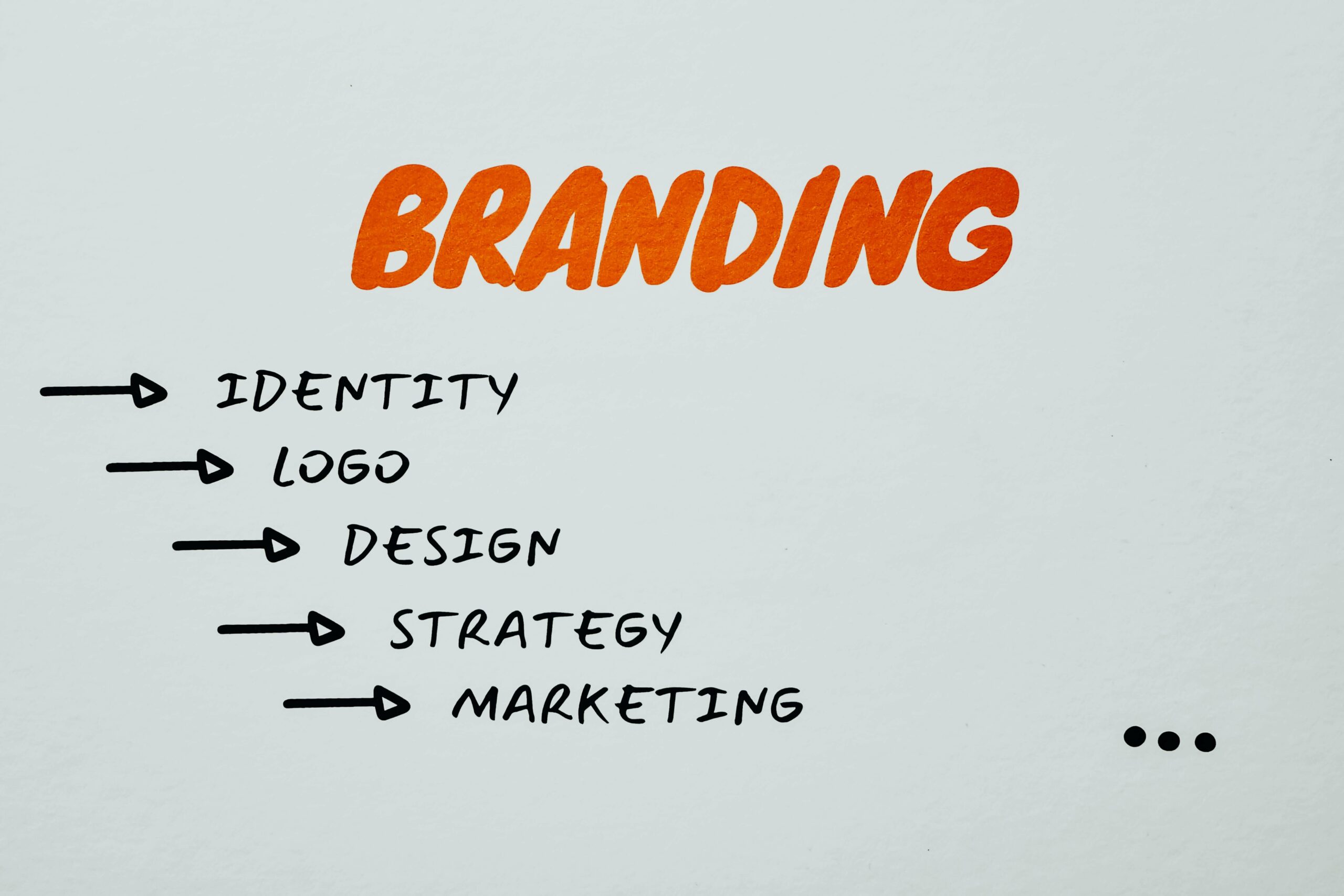
Créer une identité de marque unique
Votre marque doit se démarquer. Investissez dans la conception professionnelle de logos et d’emballages. Créez des messages de marque clairs et convaincants qui communiquent votre proposition de valeur unique. Une identité de marque forte peut attirer et fidéliser les clients, créer un public fidèle.
Construire une présence en ligne
Une présence en ligne est vitale dans le monde numérique d’aujourd’hui. Créez un site Web convivial qui présente vos produits. Utilisez les réseaux sociaux pour interagir avec votre public et développer votre marque. Les plateformes en ligne peuvent vous aider à toucher un public plus large et à générer des ventes.
Mise en œuvre de stratégies de vente et de distribution
Présentez vos produits aux clients’ mains efficacement. Établir des relations avec les détaillants et les distributeurs. Aussi, envisagez des canaux de vente directs aux consommateurs pour augmenter votre portée et vos marges bénéficiaires. La diversification de vos canaux de vente peut offrir des opportunités de stabilité et de croissance.
Conclusion
Démarrer une entreprise d’emballage alimentaire est une aventure passionnante et enrichissante. En suivant ces étapes, de la réalisation d'études de marché approfondies à l'élaboration d'un plan d'affaires solide et à la mise en place d'une installation de production efficace, vous vous préparez au succès. Souviens-toi, rester adaptable, novateur, et axé sur le client aidera votre entreprise à prospérer dans ce secteur concurrentiel. Donc, êtes-vous prêt à transformer vos rêves d'emballage en réalité?
Foire aux questions (FAQ)
T1: Combien coûte la création d'une entreprise d'emballage alimentaire?
UN: Le coût initial peut varier, mais vous devez être prêt à investir n'importe où $50,000 à $200,000, en fonction de l'ampleur de vos opérations et de vos besoins en équipements.
T2: Quelles sont les options d'emballage écologiques pour les petites entreprises?
UN: Les options écologiques incluent les plastiques biodégradables, papier recyclé, et matériaux compostables. Ces options peuvent contribuer à réduire l'impact environnemental et à attirer des clients soucieux de l'environnement..
T3: Puis-je démarrer une entreprise d’emballage alimentaire à domicile?
UN: Bien que vous puissiez commencer à planifier et développer votre entreprise depuis chez vous, vous aurez éventuellement besoin d'une installation dédiée qui respecte les réglementations en matière de santé et de sécurité pour l'emballage alimentaire.
T4: Comment puis-je m'assurer que mon emballage répond aux normes de sécurité alimentaire?
UN: Familiarisez-vous avec les directives de la FDA et les réglementations sanitaires locales, et mettez en œuvre des processus de contrôle qualité rigoureux pour garantir que vos emballages sont sûrs et conformes.
Q5: Quels sont les avantages de l'automatisation de mes processus de production?
UN: L'automatisation peut améliorer considérablement l'efficacité, réduire les coûts de main d'œuvre, et assurez une qualité constante de vos produits d’emballage. Cela nécessite un investissement initial mais peut permettre d'économiser de l'argent à long terme.

